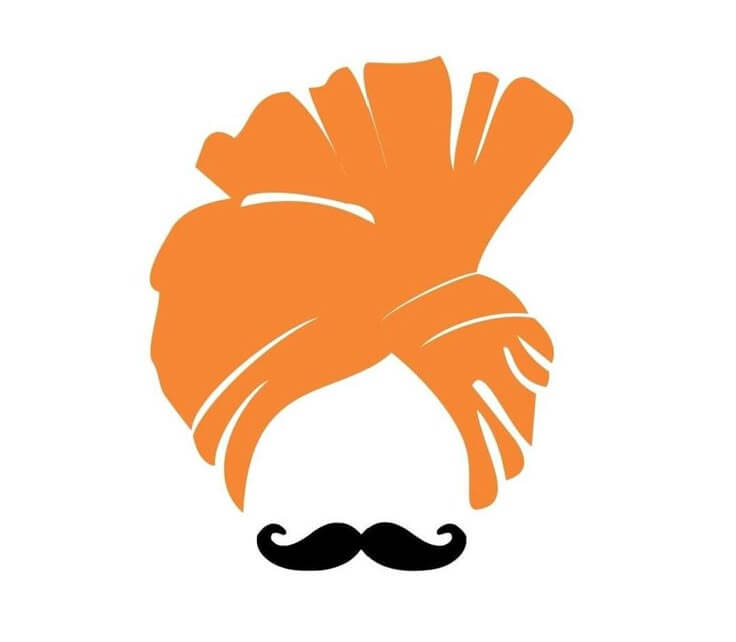Aadivasi Nritya: The Tribal Dances of Maharashtra
Origin and Significance
Aadivasi Nritya represents the vibrant cultural heritage of the tribal communities in Maharashtra. This traditional dance form is deeply intertwined with the lives and beliefs of indigenous tribes such as the Warli, Bhil, Gond, and Korku. Rooted in centuries-old customs, Aadivasi Nritya reflects the tribes’ profound connection with nature, spirituality, and their communal lifestyle.
Each tribal group has its unique dance forms that serve as a medium for storytelling, celebration, and religious expression. The dances often narrate tales of creation, agricultural cycles, and folklore, making them an essential aspect of the tribes’ cultural identity.
Why Aadivasi Nritya is Celebrated?
Aadivasi Nritya is celebrated as a way to honor nature, mark significant life events, and pay homage to tribal deities. The dances are deeply symbolic, representing gratitude for a successful harvest, invoking blessings for prosperity, or commemorating special occasions such as weddings and festivals. Through their performances, the tribes express unity, joy, and reverence for their traditions.
When and Where Aadivasi Nritya is Performed?
Aadivasi Nritya is performed throughout the year during various festivals, rituals, and celebrations in tribal regions of Maharashtra. Prominent occasions include:
- Harvest Festivals: Celebrations like Pola and Nagpanchami.
- Religious Ceremonies: Dedicated to deities such as Mahadev, Khandoba, and Bhairav.
- Life Events: Weddings, childbirth, and community gatherings.
The performances are predominantly held in tribal areas like the Sahyadri Hills, Vidarbha, and Marathwada regions. Visitors can experience these dances during local fairs, tribal festivals, and cultural events.
Rituals and Celebrations
- Preparation: The dancers, dressed in traditional attire, prepare meticulously for their performances. Women wear sarees in earthy tones adorned with tribal jewelry, while men don dhotis and turbans, often carrying props like sticks, bows, or farming tools.
- Formation and Movement: The dances are usually performed in circular or linear formations, symbolizing unity and the cyclical nature of life. The movements are rhythmic and energetic, often mimicking natural elements like flowing rivers, swaying trees, or animal behavior.
- Musical Accompaniment: Tribal instruments such as the tarpa (a wind instrument), dhol, nagada, and flute set the rhythm for the dances. The music is complemented by group singing in the native dialects of the tribes.
- Themes: The themes revolve around nature worship, tribal mythology, and daily life activities like farming, hunting, and fishing.
Highlights of Aadivasi Nritya
Aadivasi Nritya is a captivating blend of artistry, spirituality, and cultural expression. The dances are a feast for the senses, with their colorful costumes, intricate movements, and melodious music. They serve as a living repository of tribal heritage, preserving age-old traditions and passing them down to future generations.
The dances also emphasize the importance of community and collective celebration, offering a unique insight into the values and way of life of Maharashtra’s tribal communities.
Accessibility and Visitor Information
Visitors to Maharashtra can explore Aadivasi Nritya by attending tribal festivals and fairs in regions like Palghar, Gadchiroli, and Nashik. Several cultural programs and exhibitions are also organized by the state to showcase tribal art forms, providing an opportunity to witness these mesmerizing dances firsthand. Travelers are encouraged to interact with the performers to gain a deeper understanding of their customs and traditions, making for an enriching cultural experience.


